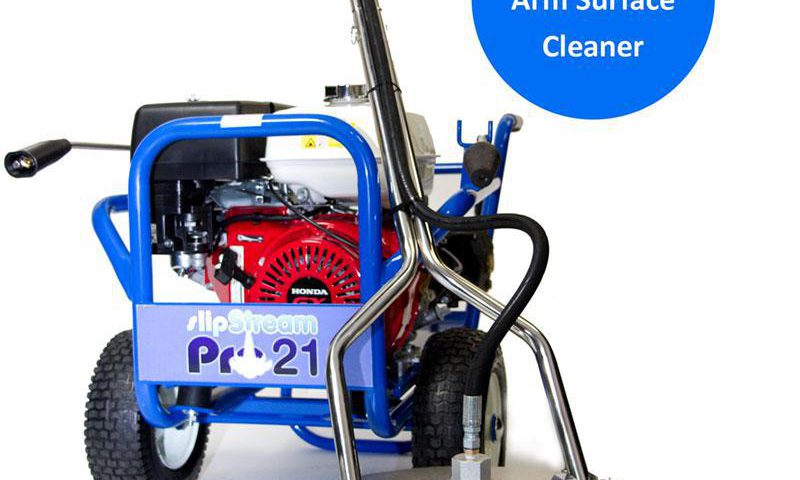
Is a Longer-Term Car Loan a Good Deal?
You`ve dreamed of buying that ideal SUV, and the dealer shows you a way to make your monthly payment affordable just by extending the length of the loan an extra year or two.
Is that a good idea? For most buyers, it is not. Consequences can range from not having enough equity for your next car to facing financial calamity when you owe your lender thousands more than the car is worth. Many consumer advocates advise that if you need to take out an eight-year car loan to purchase a fresh car, you indeed can`t afford it, and you should be looking for something less expensive.
As fresh vehicle prices go up – reaching an average of more than $34,200 in July – lenders are suggesting longer- and longer-term loans in an effort to keep payments attractive. Where once a four-year loan was the standard, now five-, six-, and seven-year financing is common, and the number of eight-year loans available is growing.
Many dealers and lenders will use the longer-term financing to get buyers into cars they could not otherwise afford. According to credit bureau Experian, the average new-car loan term climbed to a record-high sixty eight months in the very first quarter of 2016. Even the most consumer-friendly lenders are being compelled to make longer-term loans, knowing that if they don`t, another lender will.
So, should you go long, or could it put you at unacceptable financial risk?
The reaction depends on a number of factors. If you have stellar credit, are able to get a good price on the vehicle, find a low interest rate, and keep your cars for a long time, a long-term loan could be advantageous. Such a loan would get you a lower payment or permit you to reach for something more expensive. However, you should understand the historical rate of depreciation of the car you are buying.
For most of us, the reaction`s more difficult. If you`re like many Americans, you`ll commence looking for a fresh car about four years after buying the last one. With a longer-term loan on your existing wheels, stepping into a fresh vehicle is more of a challenge. In many cases, you`ll owe more on your current loan than the car is worth.
Let`s do some math. Very first, we`ll make a few assumptions: The car you`re buying costs $25,000. Using a calculator provided by Edmunds.com, the value of an average $25,000 car after four years would be $11,285.
We`ll also assume that shorter-term loans would have an interest rate of three percent, while the risk potential of a longer loan causes the interest rate to climb to Four.25 percent for an eight-year term.
If you were to take out a four-year loan, you would have a monthly payment of $553. However, after four years, you`d own the car outright and you would have its $11,285 value to put toward your next rail.
Let`s look at a six-year car loan, which is becoming a more popular choice as it can lower the payment substantially. At Trio.75 percent, your monthly payment would be a much more affordable $388 per month. At four years into the loan – when you`re itching for that fresh rail &bashful;– your loan balance would be $8,604, meaning you could pay off the loan and still have $Two,681 toward your next car.
That`s a 10-percent down payment on a $26,000 car.
It`s when you go to longer loans that the power of compound interest turns against you. With an eight-year loan at Four.25 percent, your payment would be a super-attractive $307 per month. At the four-year mark, however, you would still owe $13,298. That`s $Two,003 more than your car is worth. The industry slang is that you are underwater on your loan. It`s also called a deficiency balance.
Dive a bit deeper into the eight-year loan`s amortization table – a chart that shows how the loan balance switches over time. If you compare it to your car`s value over the same period, you would see that you are underwater the moment that you drive the car off the lot, and you stay there for more than the very first six years of the loan.
While many dealers and financial institutions would love to roll your deficiency balance into your next loan, doing so just digs the fuckhole deeper. Taking any loan where the amount of the loan exceeds the value of the collateral (your car) is flirting with financial disaster. You might see the term «loan to value ratio,» and you don`t want it to exceed one hundred percent.
What happens if the car is bruised beyond repair while you owe more than the loan balance? Unless you purchase gap insurance from your dealer, lender, or insurance agent, you`re on the hook for the difference inbetween the amount your insurer gives you for your totaled car and the loan balance. Depending on when during the loan term that accident happens, the amount could be large.
Gap insurance prices range from one-time payments of $300 to thousands of dollars; gap insurance tends to cost more when you purchase it from a dealer than when you purchase it from a financial institution or insurance company. Some lenders won`t make long-term loans unless the customer purchases gap insurance.
More scaring is a switch to your financial situation while you`re underwater. Most gap insurance won`t help you if a switch in job status or a medical crisis compels you to sell the car. You`ll still be on the hook for the entire loan balance, even if the sale of the car won`t cover the loan.
